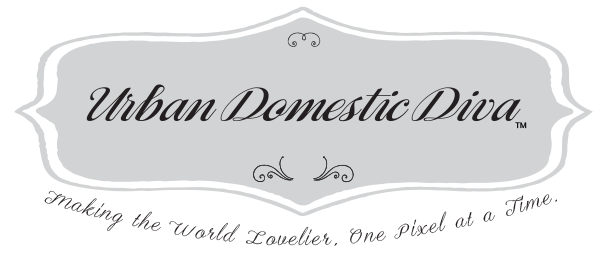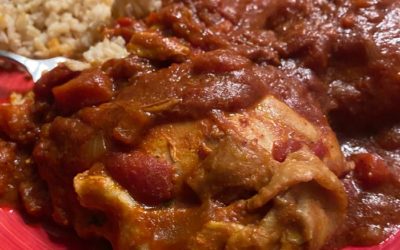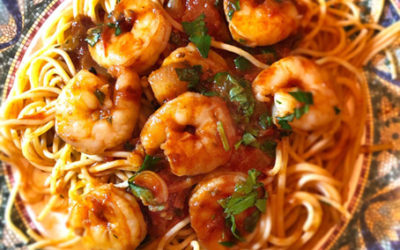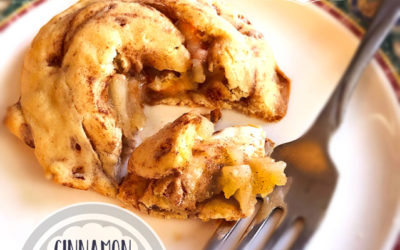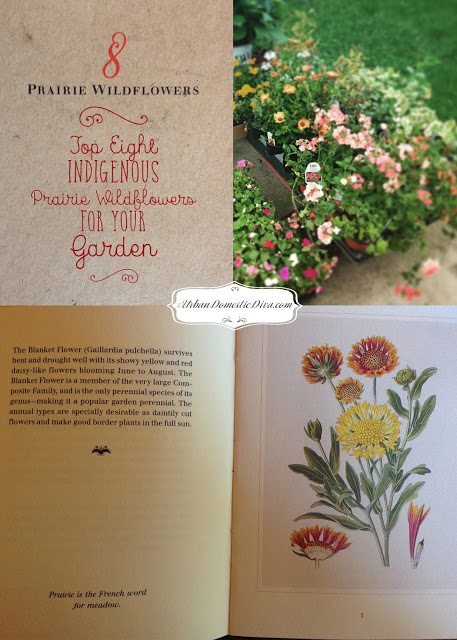
There is something that happens at garden markets, some secret club or camaraderie amongst shoppers there. There is a sense that we all belong to that clandestine world of dirty fingernails and garden clogs. And striking up a conversation with someone next to you browsing the foxgloves means that you are speaking to a “club member”. I can’t tell you how many random conversations I have had with fellow garden shoppers, never to be seen again, never to know their names. But for that brief interlude, we share trade secrets and shared garden woes. A few weeks ago a fellow “club member” began randomly talking to me at length about indigenous gardening while perusing the Echinacea varietals.
Now I knew a thing or two about this philosophical approach. A close friend of mine went completely indigenous and I found it fascinating and a worthy cause, just not my cup of tea. I find the approach limiting design wise. I am an art director at heart, so I like to mix a cottage garden look mixed with a structured Victorian approach. But truth be told, I do add indigenous stuff in my garden a lot because they do so well. They belong in our area and in our climate. They take to the soil and propagate really well-sometimes too well. In fact, prairie plants put 2/3rds of their growth underground-so their root systems reach deep making them drought tolerant and able to deal with cold extremes in the spring. They are definitely for the lazier gardener that doesn’t want to deal with fussy biannuals like foxglove or tedious pruning that roses need.
The prairie wildflowers are many, but there are 8 basic ones that you can find easily and will be very fast growers in your beds. You can start them from seed or get starter plants from your local nursery. I happened to find a sweet little book in an antique shop that had a write up on each one with a botanical print to go along with it. (You never know what you’ll find in antique shops-love them!) Let me give you a quick rundown of each and my own experience with these.
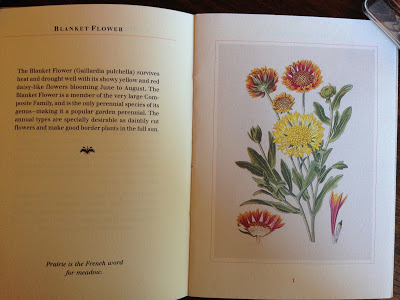
1: Gaillardia or Blanket Flower
This is a quick grower and has colors like an Arizona sunset. Though it has been a quick grower for me it has never taken over my beds like some indigenous stuff does (ie-daisies). It is very drought tolerant and grows bushier then it does tall. I love it as a filler for my borders.
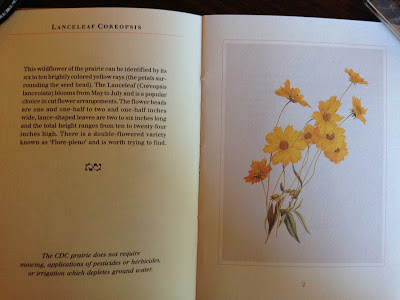
2: Lanceleaf Coreopsis
This flower is also nice filler for borders and has a long bloom cycle, especially if you deadhead it diligently. Depending on the kind you get, these can get away from you. In my garden bed at my last house, I had to pull these out after a few years. They grew to be two feet high and just huge, crowding everything else out. The ones I have now seem to stay around 10 inches and just fill out the area versus getting tall and wide. They have a nice yellow color to them, similar to bursts of sunshine in your beds.
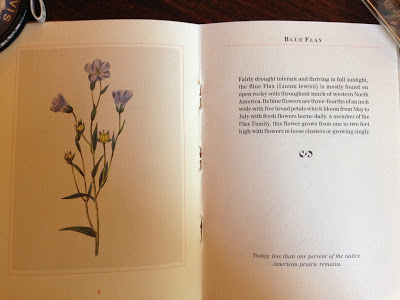
3: Blue Flax
This flower is dainty and lovely, and blooms early. The ones I have seen at the market which may be hybrids are pretty low lying and will fill out the front of your borders. The ones you start from seeds and are more indigenous may grow to be 2 feet tall and very loose and spindly-very much like a wild meadow flower. The flowers will be in loose clusters or you will get them singly to each stem. They seem to like things a little dry and rocky
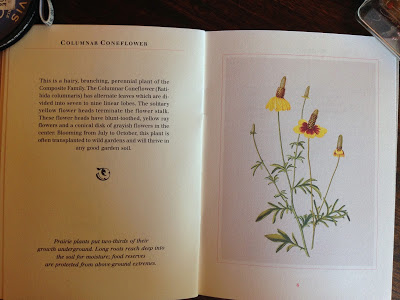
4: Columnar Coneflower
This plant is so cool. I bought a packet of seeds in Toronto one year in the space needle gift shop at a display selling indigenous Canadian wildflowers. Sadly only a few of the ones I bought actually came up. This was one of the few. The flowers have a cone at the center, like the torso of a ballerina, with flouncy yellow-red petals all around the bottom. The plant itself is loose, wild and spindly. After it came up I wanted to move it to more of a middle/ back spot in my bed. It’s tallness and looseness was too messy for the front border. But this is a very unique flower and one you don’t see very often in other gardeners’ beds. If you can find a home for it, I highly recommend it. It’s sturdy and keeps coming back year after year.
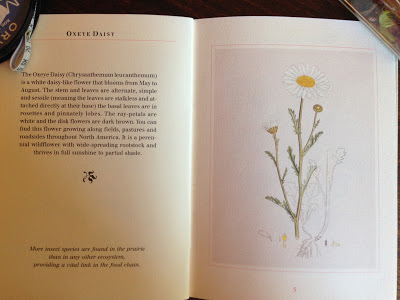
5: Oxeye Daisy
Oh boy. The daisy. I had some daisies I started from little seeds that just went crazy. I had to yank them out after just 2 years. They just got so full and so big that they overtook my narrow beds. If you have a large bed that you need to fill out cheaply and quickly, the daisy is a workhorse. It blooms pretty much all summer, and if it’s getting full sun-look out! This plant just explodes. If I had the room, I would have kept them in. I still may try again this year with a new partial shade bed I carved out that needs quick filling cheaply. But if you have an established smaller bed and just want to fill a small spot, just know that daisies are greedy flowers. They deliver, but they want a lot of space.
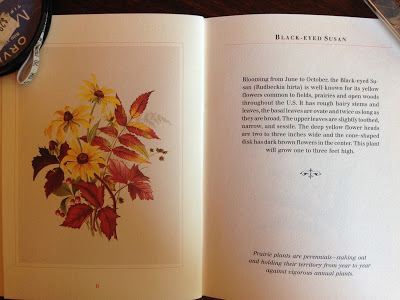
6: Black-Eyed Susans
Here is another workhorse for your garden. These plants bloom all summer and well into the fall. The ones I have had stayed around a foot tall and just filled out over the years. Evidently, they sometimes grow to be 3 feet tall, so you will have to be careful if you have a small space. They almost look like mini sunflowers, with a brown center and sunny, bright yellow petals. They look great in the fall.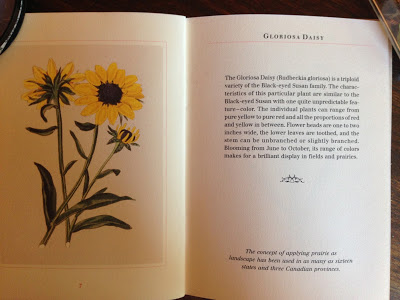

7: Gloriosa Daisy
This plant is part of the Black-Eyed Susan family. In fact, if the Daisy and the Black-Eyed Susan had a baby, this would be it. The interesting thing about this plant is its variation of colors. You may get a yellow flower or a red flower and all variations in between. It is also a long bloomer, well into October making it great for some fall color in your beds.
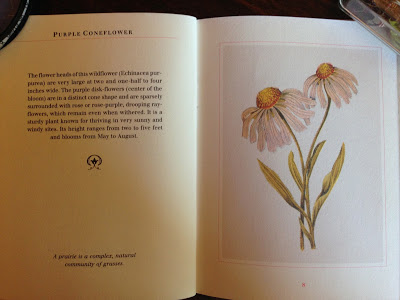
8: Purple Coneflower
This is a plant that has found its way into many gardens. It has also been made into a variety of hybrids where you can get yellow petals, white petals and even mixed colors such as “Mexican blanket” or “Paradise” (which can look like a Tahitian sunset). But one thing stays true to Echinacea, it is a long bloomer (May to August), its roots go down very far making it very drought tolerant and they fill out nicely any place they are planted. This is one of my favorites. It’s affordable, works hard, stays in its spot and is pretty low maintenance-an overall winner.
Hopefully, you will be inspired to put some prairie wildflowers in your garden. The bees and butterflies like them a lot, and it helps to keep the prairie plants alive and well in this day and age. Many native plants of the prairie have been lost to us over the years. We should try and conserve what we do have for future generations.
Latest posts by Flora Caputo (see all)
- Sugar-Free, Low-Carb, Olive Oil Chocolate Hazelnut Tart - February 18, 2023
- Easy Slow Cooker French Onion Soup - November 28, 2022
- Recipe: Chicken Vindaloo with Whole Foods Vindaloo Curry Powder - January 22, 2022
